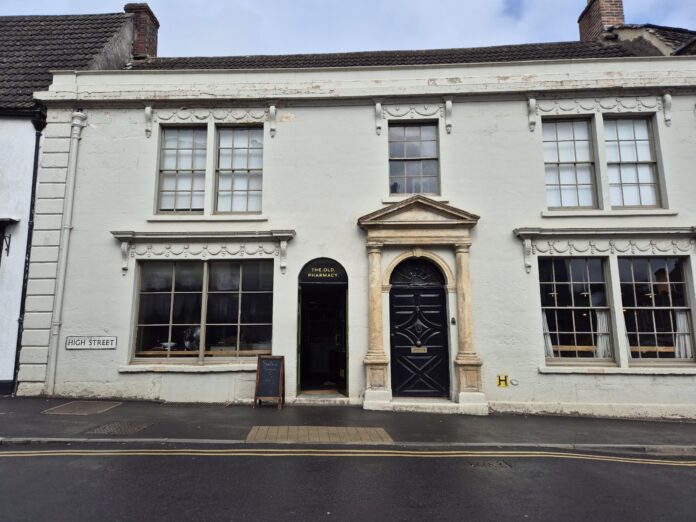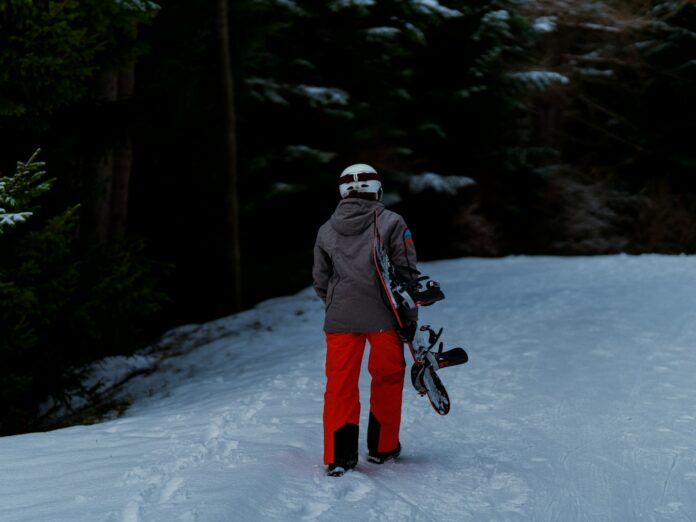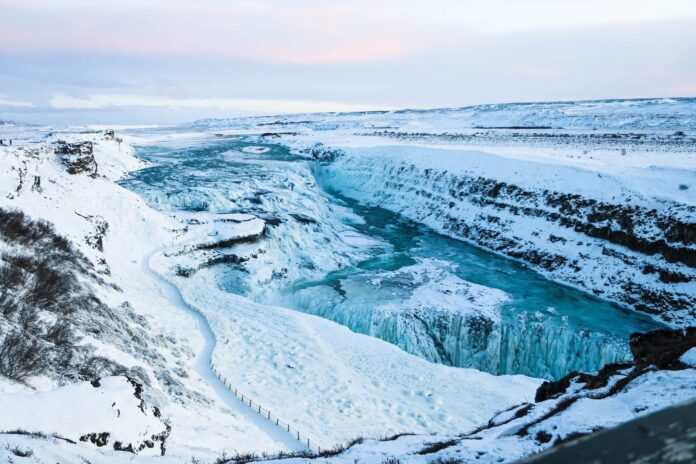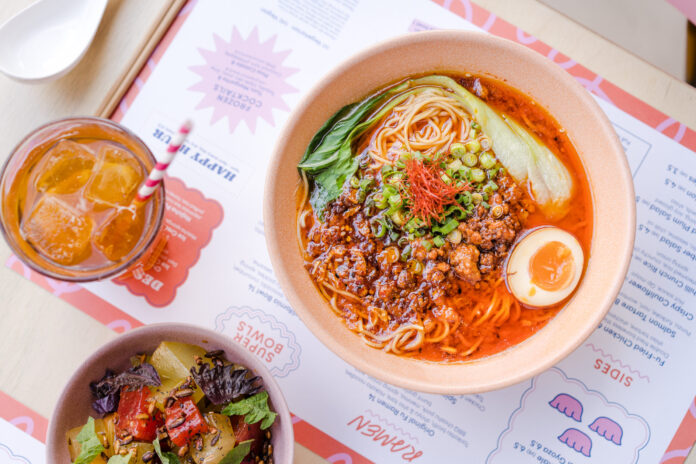Have you ever dreamt of immersing yourself in a steaming hot pool, surrounded by nature, and letting the warmth cleanse your mind, body and soul? Did that lead to a little accident during the night?
Only joking; this quintessential Japanese experience, known as ‘onsen’, of bathing in nature’s bounty, is an integral part of the country’s culture, and one we’re very much here for.
Derived from two Japanese characters, ‘on’ meaning warm and ‘sen’ meaning spring, onsens are naturally occurring hot springs found throughout the Land of the Rising Sun. The Japanese believe that these hot springs, enriched with minerals, have healing properties and promote physical and mental wellbeing.
Today, we’re exploring some of Japan’s most renowned onsen towns, each boasting unique features and attractions that make them truly unforgettable. Who knows? If you’re travelling around the country with a Japan Rail Pass, you might be able to fit them all in. Just imagine how wrinkly your fingers and toes would be after that!
Hakone: The Gateway To Mt. Fuji

Just a hot stone’s throw away from Tokyo (or, you know, an hour’s drive), Hakone is the perfect retreat from the city’s hustle and bustle. It’s a must-visit if you’re looking to relax while travelling in Japan, that’s for sure.
Famous for its spectacular views of Mount Fuji, this onsen town is blessed with a variety of hot springs, each with unique mineral compositions. A dip in Hakone’s onsens, followed by a tranquil stroll around nearby Lake Ashi, can be a truly rejuvenating experience.
Beppu: The Onsen Metropolis Of Kyushu

Situated on Japan’s southernmost main island, Beppu produces more onsen water than anywhere else in the country, and boasts over 3,000 hot springs. You can also enjoy traditional mud baths here, in the Myoban district.
The city’s unique ‘Eight Hells of Beppu‘ are visually striking hot springs, too hot for bathing but perfect for photo ops. However, there are plenty of other onsens where you can take a dip.
Kusatsu: Rich In History & Healing Waters

Kusatsu is located in Gunma Prefecture, nestled deep in the Mikuni Mountains and spectacular Joshinetsu National Park. The town has the most acidic hot spring water in the world, although it’s perfectly safe for humans to bathe in.
The waters are also famed for their potent healing abilities and were historically shipped to Edo Castle for use by the ruling shoguns. A unique aspect of Kusatsu is ‘yumomi’, a traditional method of cooling hot spring water without diluting its therapeutic properties.
Noboribetsu: Hokkaido’s Hot Spring Haven

Noboribetsu is the most famous onsen town in Japan’s northern island of Hokkaido, and part of Shikotsu-Toya National Park. Known for its diverse range of waters, the surrounding area also boasts some truly fabulous restaurants, with the southwestern peninsula of Hokkaido home to regional delicacies not seen beyond its shores, including Asahikawa ramen and a local speciality of grilled mutton known as Genghis Khan (or Jingisukan). Of course, a crisp and refreshing glass of Sapporo beer is pretty much obligatory in this corner of Japan.
Anyway, back to Noboribetsu. The town’s most notable attraction is Jigokudani – or Hell Valley – which features some spectacular sulphurous streams and volcanic activity. You’ll also find a range of fantastic hiking trails in the area if you’re feeling adventurous.
Gero: The Onsen For Beauty
Situated between Nagoya and Takayama, Gero has been known as one of Japan’s top 3 onsens for centuries. It’s long been claimed that its alkaline water has beautifying effects on the skin.
The town, straddling the scenic Hida River, offers numerous public bathhouses and foot baths. While in the area, you might also like to check out the Gassho Village, an open-air museum of traditional houses located above the town.
Dogo: The Inspiration For A Studio Ghibli Classic
Located in Matsuyama, Dogo’s main attraction is the Dogo Onsen Honkan, thought to be Japan’s oldest hot spring facility. Its charming, old-world aura was reportedly an inspiration for the bathhouse in Studio Ghibli’s hit film Spirited Away.
We’d recommend taking a tour around the impressive, 3-story building, including the imperial section which was historically used by the Japanese royal family. Although you can’t bathe in this part of the onsen yourself, you can freely take a dip in any other part of the building!
Etiquette In Japan’s Onsen Hot Springs
Experiencing an onsen in Japan is a must, but as with any cultural tradition, it’s essential to be aware of and respect the local customs and etiquette. Here are some things you should keep in mind:
- Respect the dress code – Onsens are typically enjoyed naked. Bathing suits are generally not allowed. Most onsens are gender-segregated, although mixed-gender onsens, known as ‘konyoku,’ do exist.
- Cleanse before you enter – Before entering the hot spring, you are expected to wash and rinse thoroughly at the showering area. This is a crucial step as it keeps the onsen water clean for everyone.
- Keep quiet – Remember, onsens are a place of relaxation. Loud conversations and noise can disrupt the tranquil atmosphere.
- No photos or mobiles – Respect the privacy of others. Taking photos is usually not allowed, and using mobile phones can be seen as disruptive.
- Cover your tattoos – In Japan, tattoos are often associated with yakuza (Japanese organised crime syndicates). Some onsens may refuse entry to people with tattoos, though this is slowly changing. If you have tattoos, it’s advisable to cover them with patches or seek out tattoo-friendly onsens.
By following these etiquette guidelines, you’ll help preserve the sanctity of onsens and ensure an enjoyable, peaceful experience for yourself and fellow bathers.





